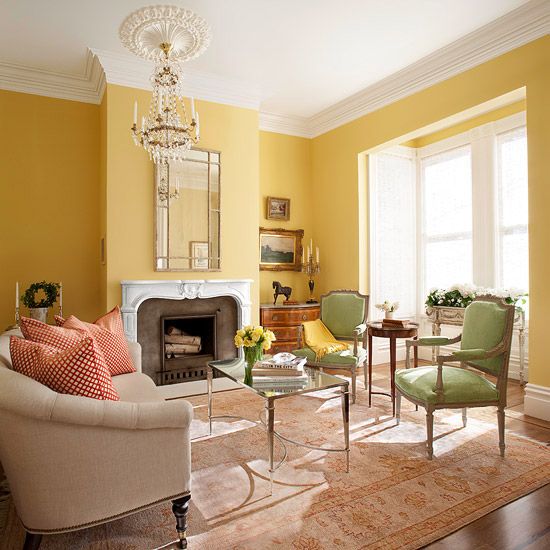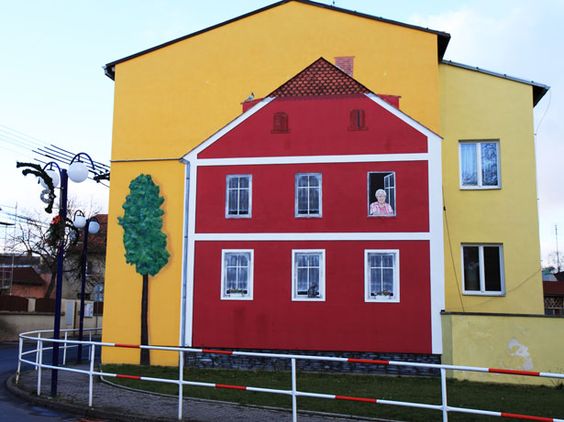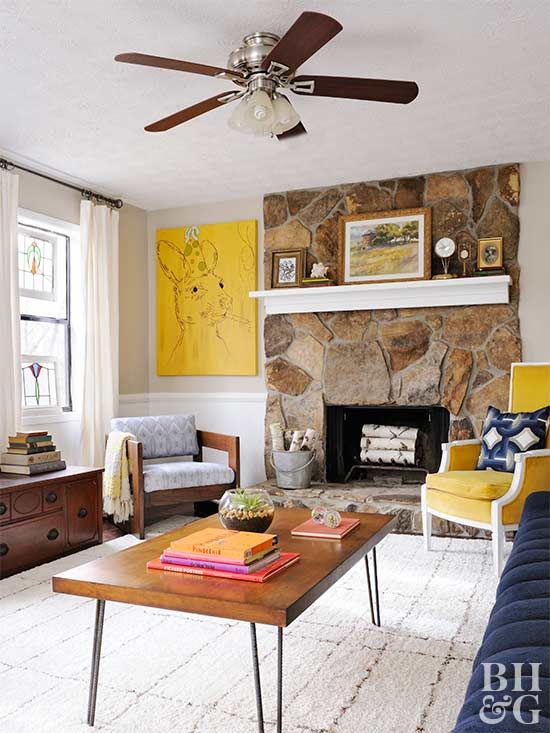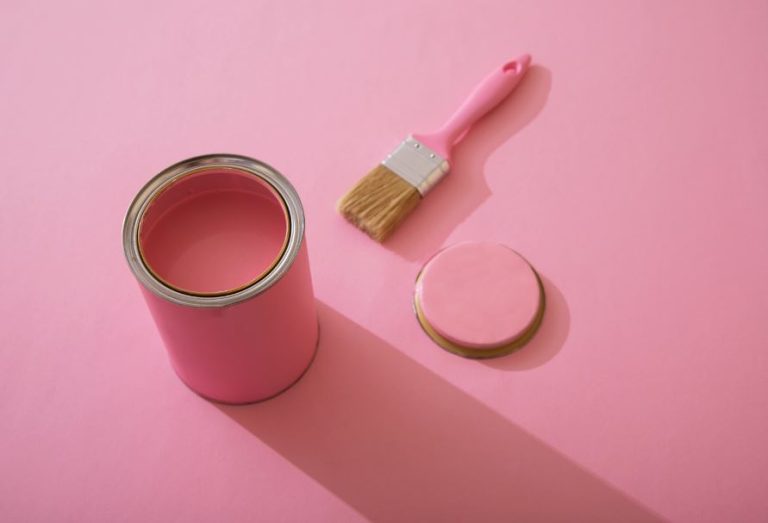DIY wall painting techniques can transform an overwhelming house painting project into a thrilling one. From choosing the perfect paint colour to mastering the right paint tools and techniques, it’s easy to feel lost. But fear not—as we delve into the world of DIY wall painting techniques, you’ll discover endless possibilities to transform your space.
Whether aiming to create a textured masterpiece or add subtle depth to your walls, mastering these house painting techniques is key. From rag rolling to sponging, each method offers a unique way to breathe life into a plain wall. With some practice and the right tools, you’ll be amazed at the professional-looking results you can achieve.
So, get ready to unleash your inner artist and infuse your walls with personality and charm. With the proper DIY wall painting techniques at your disposal, the only limit is your imagination. Let’s dive in and turn your painting dreams into reality!
Basics: Priming Techniques
Before diving into the world of DIY wall painting techniques, it’s crucial to lay the groundwork for success. Priming walls sets the stage for a flawless finish, ensuring optimal adhesion and durability of your chosen paint.
Prepping the surface is key. So clean the walls, address any imperfections, and then it’s time to prime. But applying primer isn’t just a routine step – it’s an art form in itself. Here are some essential primer application techniques to elevate your DIY room painting game:
Selecting the Perfect Primer
Before you dive into the world of DIY wall painting techniques, there’s an important step you can’t overlook: choosing the right primer. Think of primer as the foundation for your masterpiece – it sets the stage for flawless results and ensures your paint job stands the test of time.
But with so many options available, how do you know which primer is right for you? Let’s break it down:
- Oil-Based Primer:This primer is ideal for surfaces prone to stains and tough-to-cover areas, such as wood or metal.
- Water-Based Primer: This primer is perfect for surfaces not exposed to moisture, offering quick drying times and easy cleanup.
- Shellac-Based Primer: This primer is excellent for sealing in odours, stains, and knots in the wood and provides excellent adhesion.
- Bonding Primer:This primer is designed to adhere to slick surfaces like tile, glass, or laminate, ensuring your paint sticks securely.
Before you start painting walls, read the manufacturer’s instructions and choose the primer that best suits your surface. By selecting the right primer, you’ll lay the groundwork for success.
Applying Primer
Once the surface is prepared, it is time to apply the right primer. Here are some tips to ensure a smooth and even application:
- Roll It On:Use a high-quality paint roller to apply the primer evenly across the surface. Start from the top and work your way down, ensuring smooth and consistent coverage.
- Cut In: For precision around edges and corners, use a brush to “cut in” the primer before rolling. This ensures crisp lines and avoids overlapping onto adjacent surfaces.
- Thin Layers:To achieve a professional-looking finish and prevent drips or streaks, avoid overloading your roller or brush with primer. Instead, apply thin, even coats.
- Sand Between Coats:Once the primer has dried, lightly sand the surface to smooth out any imperfections and create a perfect base for your topcoat.
By mastering these primer application techniques, you’ll lay the foundation for success and ensure that your interior painting techniques shine. Get ready to unleash your creativity and transform your space with confidence!
Creative DIY Wall Painting Techniques for Beginners
When it comes to transforming your space with a fresh coat of paint, there’s more than meets the eye. Dive into the world of DIY wall painting techniques and discover how to add texture, contrast, and personality to your walls like never before.
Roller Painting:
Roller painting is the go-to technique for most DIY enthusiasts. It offers speed, ease, and a smooth finish. Choose the right roller for your surface—short-nap for smooth walls and long-nap for textured surfaces. Don’t forget the “boxing” technique to ensure even paint distribution and minimise lap marks.
Spray Painting:
Ideal for covering large areas quickly, spray painting delivers a flawless finish with minimal effort. However, careful preparation and protective gear are required to avoid mess and inhalation of paint fumes. Protect surrounding areas with plastic drop cloths and gear up with protective clothing and a mask for safety.
Brush Painting:
Brush painting is perfect for detailed work and creating textured finishes. It is best suited for small areas like trim and corners. Select a high-quality brush to achieve a smoother finish and minimise brush marks. Master the “cutting in” technique for crisp, clean edges before filling in with a roller.
Each DIY wall painting technique has its pros and cons, so choose wisely to achieve the best results for your project. Whether you’re aiming for a sleek and modern look or a textured masterpiece, mastering these techniques will elevate your painting game to new heights.
Special Painting Techniques for Beginners
Embark on a journey to elevate your walls from mere surfaces to captivating canvases. Delve into the realm of distinctive DIY wall painting techniques and uncover the secrets to infusing creativity and character into every corner of your space.
- Stencil Magic:
Ready to unleash your inner Picasso? Stencilling is the way to go! It’s like colouring within the lines but with a bit of flair. Grab a pre-cut stencil, stick it to your wall with some painter’s tape, and get busy with your brush or roller. Whether you’re jazzing up an accent wall or adding a charm to your kiddo’s room, stencilling is the go-to for precise and eye-catching designs.
- Sponge Bobbing:
Want to add some texture to your walls? Say hello to sponging! It’s like painting with a sponge but with a touch of randomness thrown in. Grab a sea sponge or a synthetic one, dip it in paint, and start dabbing away in a haphazard pattern. Mix and match colours to your heart’s content for a finish that’s as unique as you are.
- Colour Splash:
Try colour washing to elevate your walls to new heights of elegance. This home painting technique gives your walls a soft, dreamy vibe that’s sure to impress. Apply a thin layer of coloured glaze with a brush or roller on top of your base coat. Blend those colours together like you’re mixing a fancy cocktail! Now, you’ve got yourself a wall that’s dripping with sophistication.
With these special DIY wall painting techniques at your fingertips, you can transform your walls into true masterpieces. Whether you’re stencilling, sponging, or colour washing, let your creativity shine and make a statement that’s uniquely yours.
Ready to Transform Your Home?
Turn your DIY home painting project into a professional masterpiece with Grand Painting! While DIY techniques are great for small projects, sometimes you need the expertise of a professional to elevate your space truly. At Grand Painting, we specialise in turning your vision into reality with our top-notch residential painting services.
Our team of experienced commercial painters and licensed house painters are equipped to handle all aspects of your painting project, from preparation to cleanup. Whether you’re looking to refresh your home’s exterior painting or add a splash of colour to your interior walls, we’ve got you covered.
If you are looking for a perfect paint job, contact Grand Painting for a free quote and let us bring your home to life with our expert services!







